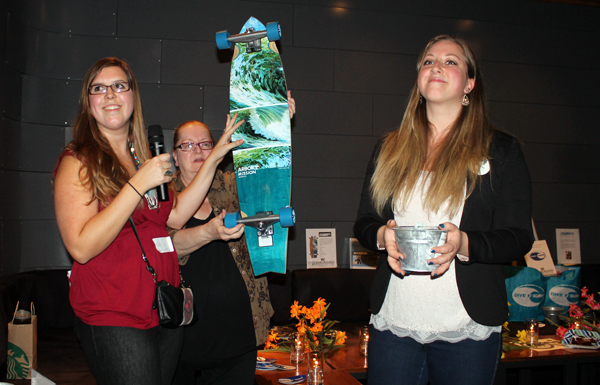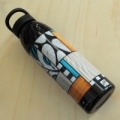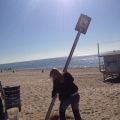With St. Patrick’s Day on Sunday, we’d like to thank those of you who help us “green” Los Angeles and our planet. It’s gratifying to know we’re in this together!
Thank you to the Santa Monica City Council for unanimously voting to support the Earth with the Santa Monica Sustainability Bill of Rights. The law recognizes that “residents of Santa Monica possess fundamental and inalienable rights to: clean water from sustainable sources; marine waters safe for active and passive recreation….”
We’d also like to thank the staff at the Mayme Clayton Library in Culver City for hosting our Earth Month Youth Summit. Students from six local schools, including groups from Dorsey and Crenshaw high schools, came out last Saturday to learn about “greening” their campuses and communities. Big thanks to Alison Jefferson, Rick Blocker and Rusty White who came to the summit to discuss the documentary White Wash, which chronicles the history of black surfing.
Special thanks go to Patagonia’s Santa Monica store, which recently awarded us a grant to help sustain our marine debris work.
Also, a “green” Thank You Thursday would be incomplete without green crayons! Thanks to California Pizza Kitchen on Wilshire Boulevard for donating green crayons (and other colors too) for visitors to our Santa Monica Pier Aquarium. (Heal the Bay’s Aquarium staff would also like to thank CPK for feeding them a delicious lunch last week.)
Meanwhile, we’d also like to thank Golden Road for donating libations to our Tank event at the Aquarium a few weeks ago. We look forward to working with you to “green” L.A. in the coming months.
Go “green” this weekend by volunteering with our monthly cleanup Nothin’ But Sand.



 We also have a long list of shout-outs geared to our generous sponsors who graciously donated fun raffle prizes to our dedicated volunteers.
We also have a long list of shout-outs geared to our generous sponsors who graciously donated fun raffle prizes to our dedicated volunteers. 
